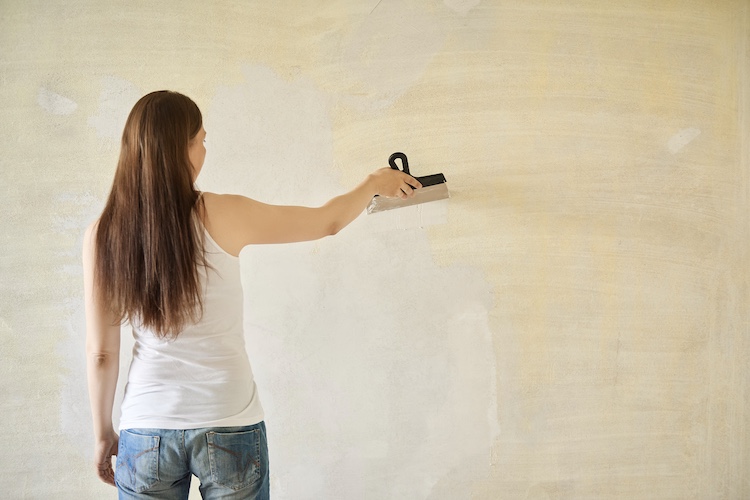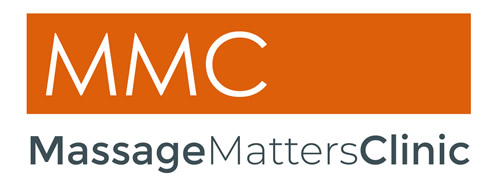DIY – The Perils of Painting and Decorating
DIY decorating is a common cause of injury. Here are the top four issues we see—and how they happen.
Published: June 27th, 2025 | By: John Holman | Read Time: 2 mins

You might be surprised how many people we see who have injured themselves while attempting one of the most common DIY tasks.
Here are the top four injuries we come across, along with a brief explanation as to why they occur:
1. Shoulder issues
These are the most common—not so much from painting walls, but usually from painting ceilings. The reason is fairly simple: most DIYers use a roller on the end of a long pole, laden with paint. You’ve now created a significant weight at the end of a long lever—an ideal setup for injuring one or more of the four small stabilising muscles that sit beneath the powerful deltoid. These are collectively known as the rotator cuff muscles, and some of them can be real troublemakers!
2. Lower back pain
Next on the list is the lower back. Problems here often arise from holding static poses—such as when you’re concentrating for several minutes on getting that perfect line between the wall and ceiling, or along the skirting boards. Ceiling work tends to extend the back, while floor work creates a forward-flexed position. Both affect an important pair of muscles in your lower back called the quadratus lumborum. If you’ve ever had low back pain, chances are these muscles were involved.
3. Neck strain
Number three is the neck. Many of your neck muscles have attachments in the upper back or the back of the skull on a bone called the occiput. Your head weighs roughly the same as a bowling ball—around 5kg or 11 pounds—all supported by just seven small vertebrae and controlled by around 20 muscles. It’s no wonder neck injuries are so common during painting and decorating!
4. Knee problems
And finally—knees. Spending any time kneeling, especially when bent forward as you would be while painting skirting boards, places significant pressure on the kneecap (patella) and the patella tendon that connects your quadriceps to your shin bone. The resulting pain can be excruciating. This used to be known as “housemaid’s knee,” but today we refer to it as pre-patellar bursitis.
Thankfully, the remedial therapists at Massage Matters Clinic are well acquainted with these types of injuries—and we’re here to help.
Opening Hours
Mon: 1.00pm - 9.30pm
Tue: 7.00am - 6.00pm
Wed: 11.00am - 4.00pm
Thurs: 7.00am - 6.00pm
Fri: 8.30am - 9.30pm
Sat: 7.00am - 9.30pm
Sun: Closed
All appointments booked in advance, give us a call if you need to.
Contact
11 Friday Court (1st Floor)
Thame, Oxfordshire
OX9 3GA
E: hello@massagematters.clinic
L: 01844 212022
M: 07771 896398
We pick up the phone 8am-8pm Mon-Sun
Client Feedback
"A very professional set-up, lovely treatment rooms and plenty of parking."
